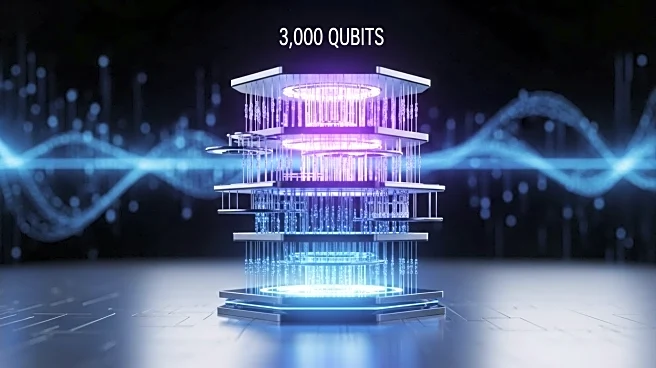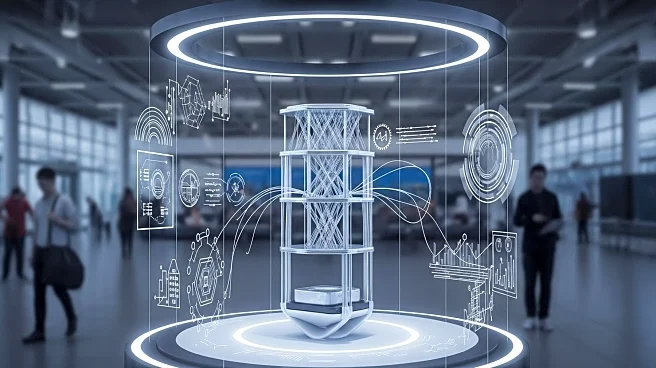What's Happening?
Harvard scientists have unveiled a quantum computing system capable of continuous operation with over 3,000 qubits, marking a significant advancement in the field. This system, developed in collaboration with MIT and QuEra Computing, can operate for more than two hours without restarting, overcoming technical challenges that have previously limited quantum computing. The system uses neutral atoms and innovative techniques like optical lattice conveyor belts and optical tweezers to maintain qubit stability and prevent atom loss. This breakthrough represents a major step toward building quantum computers that could revolutionize various fields, including science, medicine, and finance.
Why It's Important?
The development of a continuously operating 3,000-qubit system is a milestone in quantum computing, offering the potential for unprecedented processing power. Quantum computers use qubits, which can exist in multiple states simultaneously, allowing for exponential increases in computing power compared to traditional binary systems. This advancement could lead to significant breakthroughs in complex problem-solving, data analysis, and simulations across multiple industries. The ability to maintain continuous operation addresses a fundamental challenge in quantum computing, paving the way for more practical and scalable quantum systems.
What's Next?
The research team plans to apply this continuous operation approach to perform computations, further testing the system's capabilities. Future experiments will focus on expanding the number of qubits and exploring new applications for quantum computing. The collaboration between Harvard, MIT, and QuEra Computing will continue to drive innovation in the field, with the goal of developing quantum computers that can execute billions of operations and run for extended periods. This progress could lead to the realization of practical quantum computing solutions for real-world challenges.










